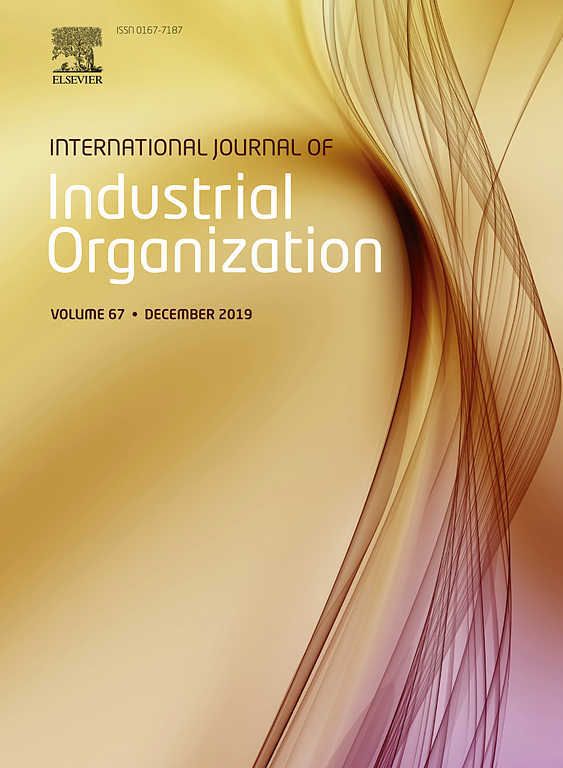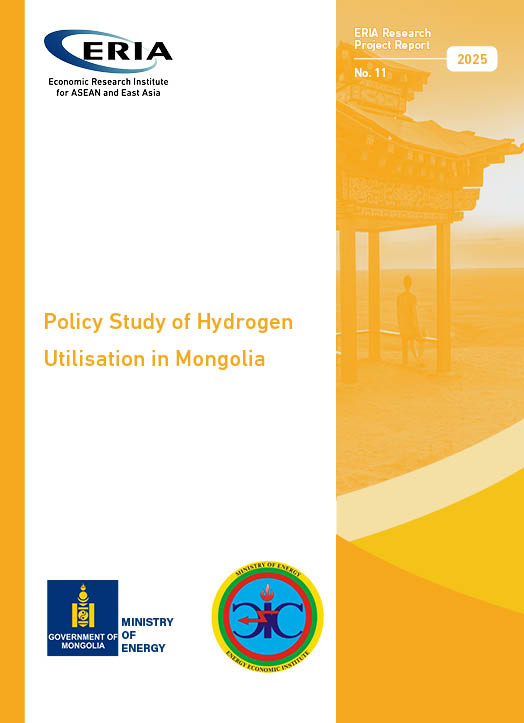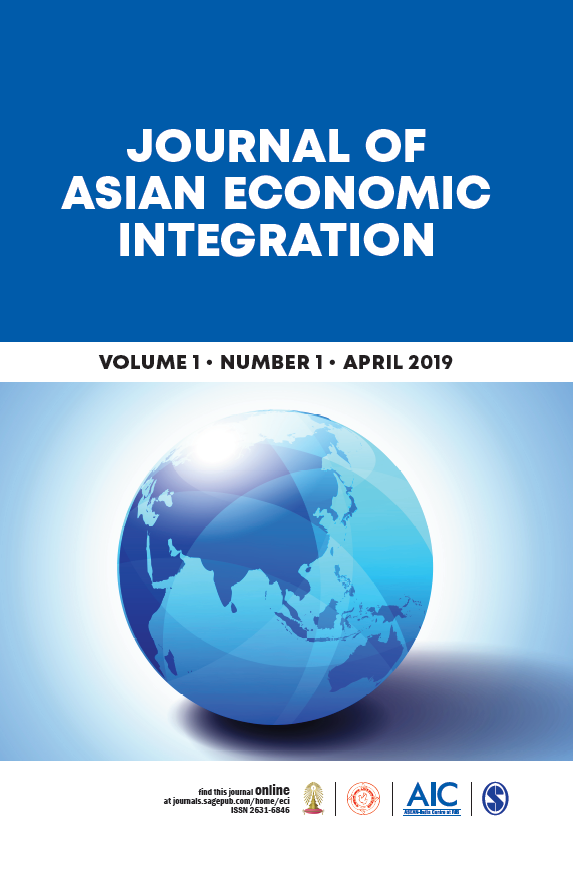Grantbacks, territorial restraints, and innovation

Date:
1 December 2019Category:
Innovation and Technology, Journal ArticlesType:
Journal ArticlesTags:
InnovationPrint Article:
About the Journal
International Journal of Industrial Organization, Volume 67, December 2019, Article No. 102534
Authors
- Masahito Ambashi, Economic Research Institute for ASEAN and East Asia, Indonesia
- Pierre Régibeau, Department of Economics, University of Essex, Wivenhoe Park, Colchester CO4 3SQ, United Kingdom
- Katharine E.Rockett, Department of Economics, University of Essex, Wivenhoe Park, Colchester CO4 3SQ, United Kingdom
Highlights
- Grantback clauses increase a basic patent-holder's incentive to license for severable innovation.They do not increase a basic patent-holder's incentives to license for non-severable innovation.
- These findings are in contrast to the state of current grantback law in some jurisdictions.
- If information diffuses via licensing, narrow patent breadth may be optimal by analogy.
- Our qualitative findings survive extensions including to ex ante unknown severability.
Abstract
We analyse the effect of grantback clauses in licensing contracts. While competition authorities fear that grantback clauses might decrease the licensee's ex post incentives to innovate, a standard defence is that grantback clauses are required for the patent-owner to agree to license its technology in the first place. We examine the validity of this “but for” defence and the equilibrium effect of grantback clauses on the innovation incentives of the licensee for both non-severable and severable innovations, which roughly correspond to infringing and non-infringing innovations. We show that grantback clauses do not increase the patent-holder's incentives to license when non-severable innovations are at stake but they do when severable innovations are concerned – suggesting that the “but for” defence might be valid for severable innovations but not for non-severable ones, in direct contradiction to regulation in some jurisdictions. Moreover we show that, for severable innovations, grantback clauses can increase the range of parameters for which follow-on innovation by the licensee occurs. Our work extends the large literature on sequential innovation to an environment where information diffuses through licensing rather than through the mere act of patenting. In this different informational set up we show that Green and Scotchmer (1995)’s conclusion that the initial innovator should have a patent of infinite breadth no longer holds.




